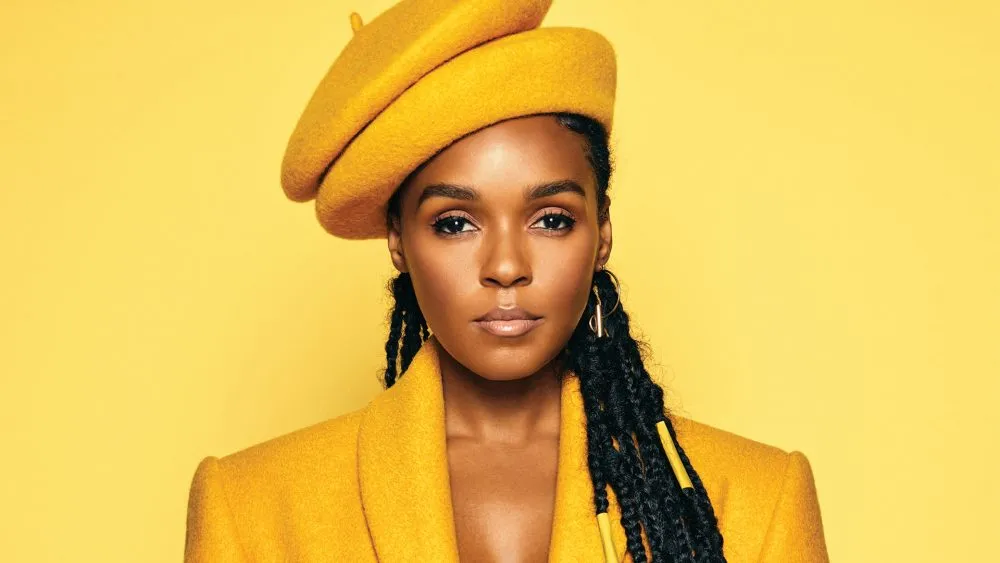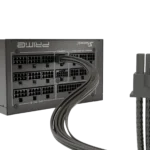
Janelle Monáe: The Visionary Artist Who Blurs Boundaries
Janelle Monáe: The Visionary Artist Who Blurs Boundaries
Janelle Monáe is an artist who defies easy categorization. Singer, songwriter, rapper, actor, and producer, Monáe is a multi-talented force who has consistently pushed the boundaries of creativity, genre, and identity. With a distinct style, both in her music and fashion, she has gained a reputation as one of the most innovative artists in contemporary pop culture. From her early days creating futuristic concept albums to her critically acclaimed performances in Hollywood films, Monáe has carved out a unique space where art, activism, and storytelling meet.
Early Life and Influences
Janelle Monáe Robinson was born on December 1, 1985, in Kansas City, Kansas, and grew up in a working-class family. Her mother worked as a janitor, and her father was a truck driver. From a young age, Monáe developed a passion for music, performing in church choirs and local theater productions. Influenced by artists like Michael Jackson, Prince, and Stevie Wonder, Monáe dreamed of a career in the arts, but she knew that it would take hard work to break through.
She moved to New York City to study at the American Musical and Dramatic Academy, but after a year, she relocated to Atlanta, where she began performing music and releasing independent EPs. It was in Atlanta that she connected with Big Boi of OutKast, who introduced her to Sean “Diddy” Combs. This connection led to her being signed to Bad Boy Records, a pivotal moment that would launch her career on a larger scale.
Breakthrough with The ArchAndroid
Monáe’s debut full-length album, The ArchAndroid, was released in 2010 and immediately made waves for its futuristic concept and eclectic sound. The album is a continuation of the science fiction narrative Monáe began on her 2007 EP, Metropolis: Suite I (The Chase), centering around the character Cindi Mayweather, an android in a dystopian society. The ArchAndroid blends elements of funk, soul, pop, and rock, drawing comparisons to artists like Prince and David Bowie while establishing Monáe’s own unique voice.
The ArchAndroid was widely praised for its ambition, genre-defying sound, and Monáe’s vocal performances. Songs like Tightrope and Cold War became fan favorites, showcasing Monáe’s ability to blend catchy hooks with complex themes of identity, freedom, and resistance. The album earned her a Grammy nomination and positioned her as one of the most exciting new artists in the industry.
Expanding Horizons with The Electric Lady
In 2013, Monáe released her second studio album, The Electric Lady, another concept album that continues the Cindi Mayweather saga. Like her previous work, The Electric Lady features a mix of genres, from R&B to psychedelic rock, and includes collaborations with artists like Prince, Solange, and Erykah Badu. The album delves deeper into themes of empowerment, love, and rebellion, solidifying Monáe’s status as an artist with a message.
Songs like Q.U.E.E.N. and Dance Apocalyptic stand out for their infectious energy and socially conscious lyrics. Q.U.E.E.N., in particular, became an anthem for self-expression and defiance, with Monáe addressing issues of gender, race, and sexuality. The accompanying music videos, known for their visual storytelling and bold fashion, became an essential part of Monáe’s artistic identity.
Transition to Film: Moonlight and Hidden Figures
In addition to her music career, Janelle Monáe has also made a significant impact in the film industry. She made her acting debut in 2016 with two critically acclaimed films: Moonlight and Hidden Figures.
Moonlight, directed by Barry Jenkins, is a powerful coming-of-age drama that explores themes of identity, sexuality, and masculinity. Monáe plays Teresa, a maternal figure who provides support to the film’s protagonist, Chiron. Her performance was subtle yet deeply emotional, earning her praise from critics and audiences alike. Moonlight went on to win the Academy Award for Best Picture, further highlighting Monáe’s entry into the world of cinema.
In Hidden Figures, Monáe took on the role of Mary Jackson, one of the three African American women who worked at NASA and contributed to the success of the early space program. The film, which also stars Taraji P. Henson and Octavia Spencer, sheds light on the overlooked contributions of Black women in STEM. Monáe’s portrayal of Jackson was both inspiring and empowering, showcasing her ability to bring real-life heroes to the screen.
Both films were major successes, and Monáe’s performances helped establish her as a serious actor with a bright future in Hollywood.
Defining Freedom with Dirty Computer
Monáe’s third studio album, Dirty Computer (2018), marked a shift in her career both musically and personally. While her previous albums had explored fictional narratives through the lens of androids and sci-fi allegory, Dirty Computer was a more personal and direct reflection of Monáe’s own experiences. The album is a celebration of individuality, freedom, and identity, with Monáe embracing her queerness and addressing issues of race, gender, and sexual orientation head-on.
The album’s lead single, Make Me Feel, is a Prince-inspired anthem that explores desire and fluidity, both sonically and thematically. Other standout tracks like Pynk and I Like That further emphasize Monáe’s message of empowerment and self-love. The accompanying visual album, also titled Dirty Computer, is a cinematic experience that blends music, storytelling, and futuristic aesthetics.
Dirty Computer was met with critical acclaim, earning Monáe Grammy nominations and solidifying her status as a trailblazing artist who is unafraid to challenge societal norms.
Recent Projects and Continued Influence
Janelle Monae continues to expand her creative horizons with each new project. In addition to her music and film work, she has become an outspoken advocate for social justice, particularly in the areas of LGBTQ+ rights, racial equality, and gender empowerment. She has used her platform to speak out against injustice, calling for systemic change in both the entertainment industry and society at large.
In recent years, Monáe has taken on more acting roles, including appearances in Harriet (2019) and the thriller Antebellum (2020), where she plays dual roles in a film that explores the legacy of slavery in modern America. She also voiced the character of Peg in Disney’s live-action Lady and the Tramp (2019) and appeared in the critically acclaimed series Homecoming (2020), further proving her versatility as an actor.
Monáe continues to push the boundaries of what it means to be an artist in today’s world. Her upcoming projects include the highly anticipated film Glass Onion: A Knives Out Mystery, where she will star alongside Daniel Craig, and new music that fans eagerly await.
Legacy and Cultural Impact
Janelle Monáe’s influence extends far beyond her music and films. She has become a cultural icon, known for her unique fashion sense, blending elements of androgyny with high-fashion couture. Her signature black-and-white tuxedo look, often inspired by 1920s glamour, is both a statement of personal style and a tribute to her working-class roots.
Monáe has also inspired a new generation of artists who look up to her as a symbol of freedom and creativity. By blurring the lines between genres, art forms, and identities, she has paved the way for others to explore their own forms of self-expression without fear of judgment.
In an industry that often tries to fit people into neat categories, Janelle Monáe has made it clear that she will not be confined by labels. Whether she’s releasing concept albums, starring in blockbuster films, or using her voice to advocate for change, Monáe continues to break barriers and redefine what it means to be an artist in the 21st century.




